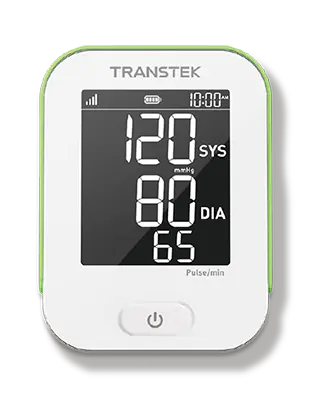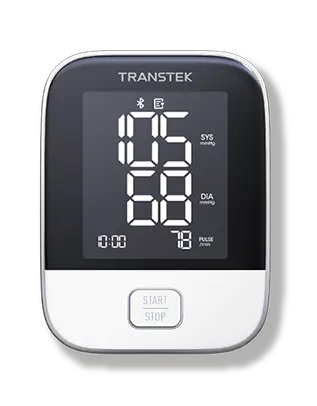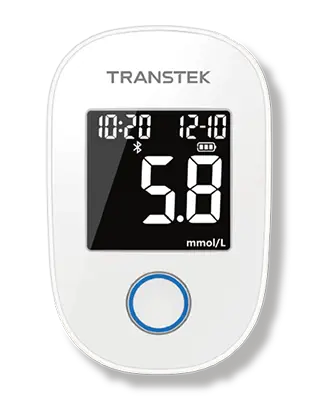
Healthcare doctors decided to deploy remote patient monitoring to monitor their patients. Doctors use remote patient monitoring for various situations to collect a wide range of patient data. Common equipment includes blood pressure cuff, pulse oximeter, thermometer, blood glucose meter, weight scale, ECG / stethoscope, activity tracker, spirometer, etc. With the consent of the patients, the doctor will deploy remote patient monitoring to their home to provide them with the necessary equipment to collect their health data and teach them how to use the technology.
Once the RPM device is set up, patients will monitor their vital signs to collect their health data at home, at work, or even on the road. Patients can record their vital signs once a day, or more frequently, depending on their condition and the guidance of the doctor. Readings from biometric devices are sent to doctors in real time, where they can monitor trends and changes. When the reading is out of range, doctors will receive a risk warning notice to help them take the initiative to respond.
The remote patient monitoring device used by patients is unique to each patient and can be customized by the clinical team, which depends on the patients' conditions and their adaption to the technology. Remote patient monitoring device is a non-invasive equipment that can acquire, transmit, process and store patient data so that doctors can understand and track patient symptoms.
There are various remote patient monitoring devices on the market today, including blood pressure monitor and electronic digital weighing scale.
1. Blood pressure monitor:
It can help hypertensive patients or patients at risk of hypertension pay close attention to and manage their blood pressure over time. Using blood pressure monitors can help patients and doctors understand whether drugs are effective, and remind doctors when potential health complications occur. For postpartum hypertension, blood pressure monitor at home is very important to avoid dangerous complications.
2. Scales:
Example applications include monitoring obesity, high-risk patients, and patients with congestive heart failure. In patients with CHF, weight gain may be an indicator of water retention. When the clinicians of CHF patients detect weight readings out of range, they can prescribe diuretics, increase current medication, or call the patient to arrange a medical visit. For obese patients or patients at risk of obesity, it is important to track weight over time. Tracking weight and keeping it within a certain range can help patients stay normal and be clear of their results.
+86-0760-85702291







